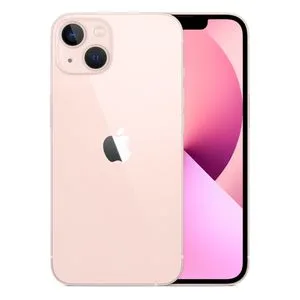Apple iPhone 13 review: A well-balanced iPhone for long-term upgraders
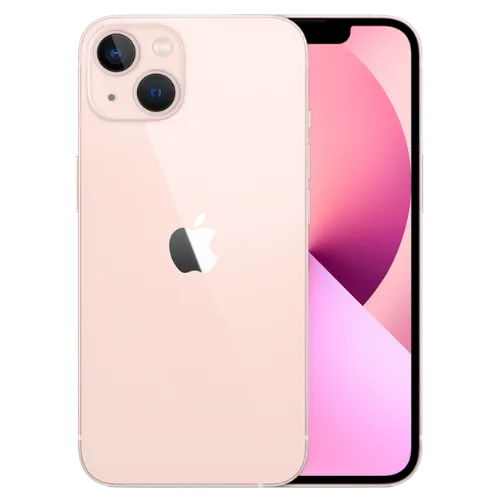
-
- Battery Score
4
- Camera Score
4
- Design Score
3.5
- Performance Score
4.5
- Battery Score
4
Summary
Quick verdict: Apple's upgraded iPhone 13 isn't quite its most desirable model, but it strikes a fine balance between price and features if you're firmly in the iPhone camp and looking for an upgrade from a much older handset.
- Wider range of colour choices than the Pro models
- Cameras shoot nice pictures
- A15 Bionic is very powerful
- Expensive
- Pro models have better screens and processors
- Dual cameras is limiting in such a premium priced handset
- No included charger or headphones
- Can't expand memory
Details
Pricing & Availability
| RRP | $1,349 |
| Launch date | 09/2021 |
Each year, when Apple announces its family of iPhone devices, there's always a "flagship" model, typically the Pro Max model based on the past couple of years.
That's not the phone that most of us buy, because Apple's Pro Max lines are frighteningly expensive. For folks with slightly less cash to splash but a desire for a new iPhone, the regular model has been the one to buy for some years now. That was absolutely the case in 2020, where I declared that the iPhone 12 was better value than the iPhone 12 Pro or Pro Max for most users.
In 2021, Apple has made the premium line a tad more stark, with genuinely new features such as ProMotion displays and its very best iPhone processors the exclusive enclave of the Pro models only.
That does change the value equation for the Apple iPhone 13. It's a powerful device, more than enough for most users, but if you're going to spend iPhone money, there's something of an argument to say that you may as well get Apple's best, rather than its second best.
Design: New colours, diagonal cameras and a smaller FaceID notch
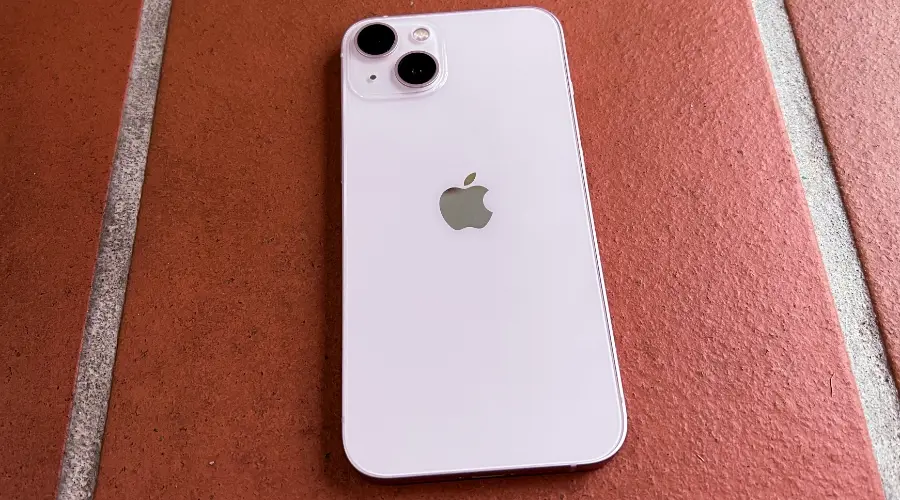
Alex Kidman/Finder
Apple's design language for the iPhone hasn't radically changed in 2021. The iPhone 13 very much looks like an iPhone, right down to a prominent notch to house the phone's FaceID sensor. At a technical level, it's smaller than that on last year's phone by around 20%, but this doesn't equate to screen real estate that you're likely to use or notice much on a display that only measures 6.1 inches.
At launch, that new FaceID sensor notch size is more of a problem than a blessing, with several apps – most notably Instagram – struggling to place on-screen elements correctly around the notch area. That's a problem which is 100% solvable with either iOS or app upgrades, however, and that's precisely what Instagram did while I was testing out the iPhone 13. But with the many thousands of iOS apps on the market, I can't guarantee it won't be an issue for older apps, or those that are infrequently updated.
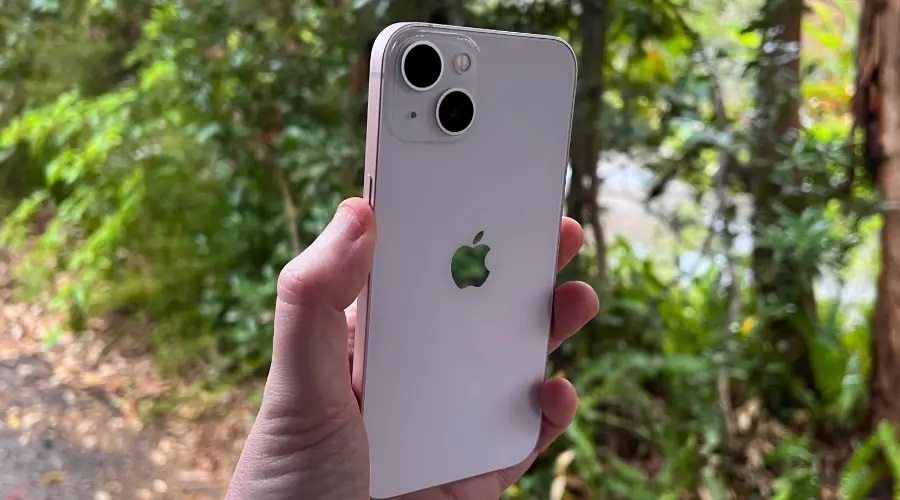
Alex Kidman/Finder
The iPhone 13 sells in Pink, Blue, Midnight, Starlight and Product (RED) hues. If you're curious, Starlight is a very pleasing dark blue colour, but then I'm something of a sucker for blue phones. Which is probably why Apple sent me a Pink iPhone 13, just to shake things up a little. It's not the colour I would personally opt for, but it sure is one pink little handset.
The iPhone 13 doesn't get the fancy ProMotion 120Hz capable display found in the Pro models of the family. Instead, what you'll be looking at is a "Super Retina XDR" OLED display with a 2532x1170 resolution. That's the same resolution as 2020's iPhone 12, but the difference that the iPhone 13 brings to bear is a brighter display, with up to 800 nits in outdoor settings to make it a more easily discerned panel.
Putting the 2 side by side in an outdoor setting, the difference was clear, but it's not as though Apple's put particularly bad displays into its iPhones in the past. Again, though, the Pro models get it a little better, with up to 1,000 nits brightness.
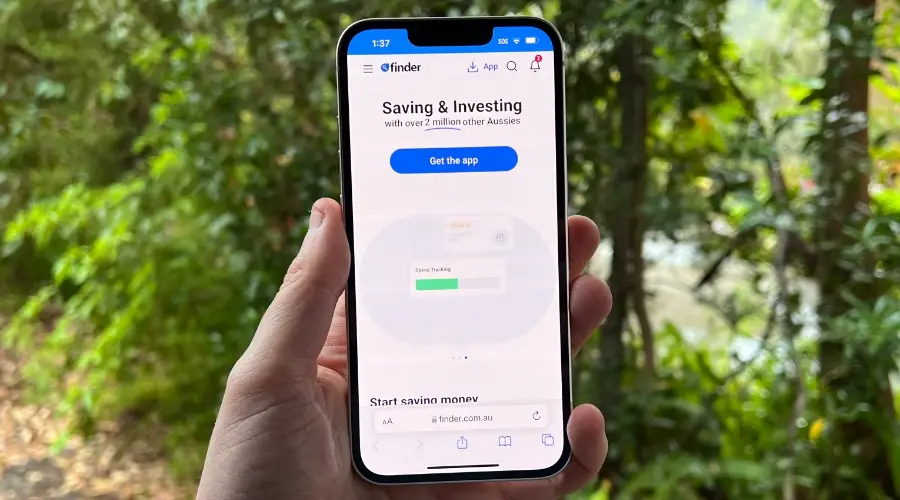
Alex Kidman/Finder
Anyone familiar with the past couple of years of iPhone casings will immediately spot that Apple's shifted the rear camera lenses around from vertical to diagonal. It's not 100% apparent why Apple's made that change, although the actual lenses themselves are a little larger than on the iPhone 12.
It's also worth noting that the physical layout of buttons on the iPhone 13 is a tad different to the iPhone 12, with lower positions for all buttons and the mute switch. Not so much that your muscle memory is going to suffer for it, but if you're thinking of using an older iPhone 12 MagSafe case with the iPhone 13, you'll have to think again. It'll fit for the most part with a bit of squishing as it's a slightly fatter handset, but the buttons won't line up to the case exterior properly.
iPhone 13 camera: Are dual cameras enough for a premium phone?
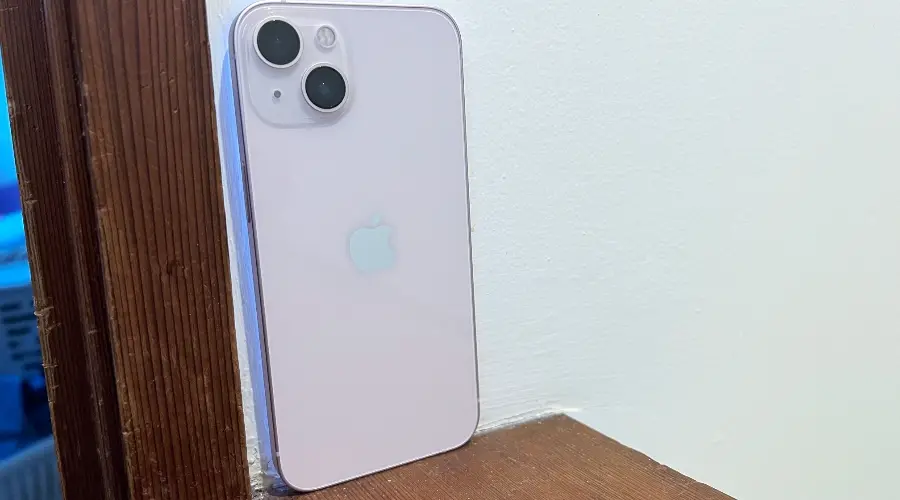
Alex Kidman/Finder
The 2 rear lenses on the iPhone 13 might be arranged diagonally for reasons only apparent to Tim Cook, but they present something of a value challenge for a phone that, after all, Apple wants you to part with a minimum of $1,349 for.
While we are seeing more premium phones tilt towards the $2,000 price point these days, that's still serious money to spend on a phone that only covers the wide and ultra-wide lens spaces at the rear.
Wide and ultra-wide does afford you scope for some creativity, such as how you frame larger objects:
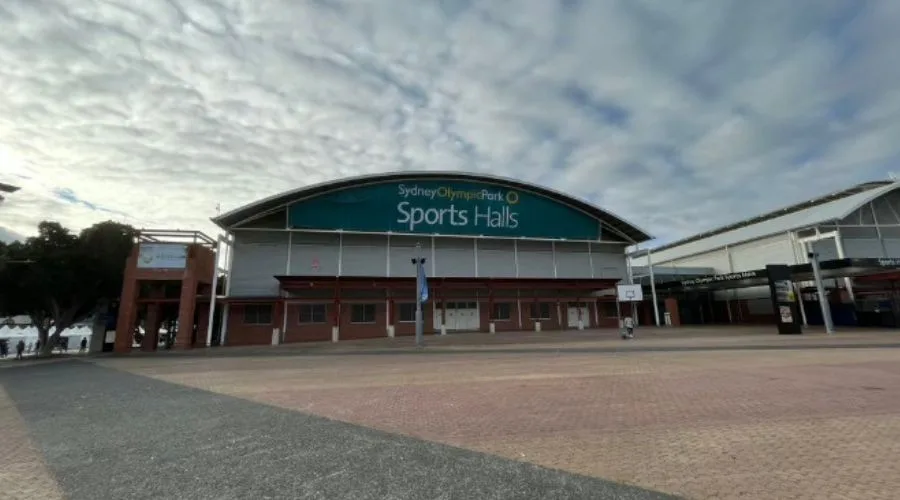
Alex Kidman/Finder
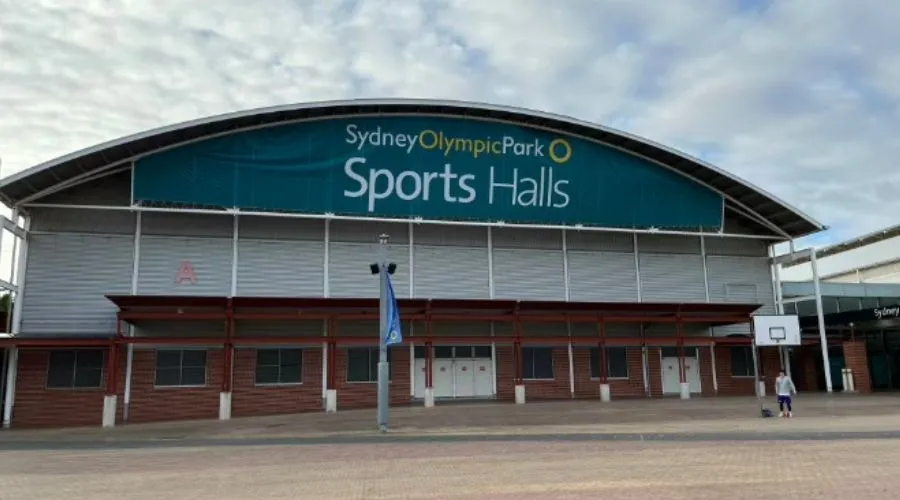
Alex Kidman/Finder
But it's not the same thing as having a tertiary lens with optical zoom, or a LIDAR sensor as you get on the iPhone 13 Pro/Pro Max.
At a technical level, what you get is a 12MP f/1.6 primary wide sensor diagonally opposite a 12MP 120 degree f/2.4 sensor. At a raw numbers level, that doesn't seem like an upgrade from last year's iPhone 12 camera specifications, but the larger lenses do allow for a greater level of light intake in dimmer situations.
That's 47% more, according to Apple, with the ability to take night shots across both the wide and ultra-wide cameras. Apple being Apple, this is a feature that kicks in automatically in low light settings, picking exposure times for you unless you specifically tell it you want a longer or shorter exposure.
Frankly, any phone above $300 can take decent daytime photos by now, and even some of the cheaper models do just fine for everyday use. It's in these tougher situations that premium phones should shine.
To test that out, I took the iPhone 13, iPhone 13 Mini, iPhone 13 Pro, Samsung Galaxy S21 Ultra 5G and Samsung Galaxy Z Fold3 out for a night-time walk to a local park. In technical lockdown terms, I was both working (taking photos) and exercising, but I was also still wearing a face mask the whole time, if anyone cares.
While web compression does rob these shots of some of their appeal, and I could do even more shooting with a tripod, or with RAW on the phones that support that, I went for handheld shooting with default exposure and focus chosen by each phone. That's the way the vast majority of the world takes its photos, so it's a fair test.
Here's how the phones compared taking 2 shots. Firstly, an open field with stars just about visible to the naked eye to see how each phone managed exposure, colour and picking up whatever detail they could from the stars above.
The second shot is of a sports ground nearby that was self-illuminated. This shot gives some picture on how each phone handles variable light in dim situations, where what gets picked up is as important as what gets blown out.
The iPhone 13 and iPhone 13 Mini shoot essentially interchangeably. They absolutely should, because they're both using the same camera modules. Personally, I find the iPhone 13 Mini almost too small for comfortable camera work. Or maybe I've just got huge hands:
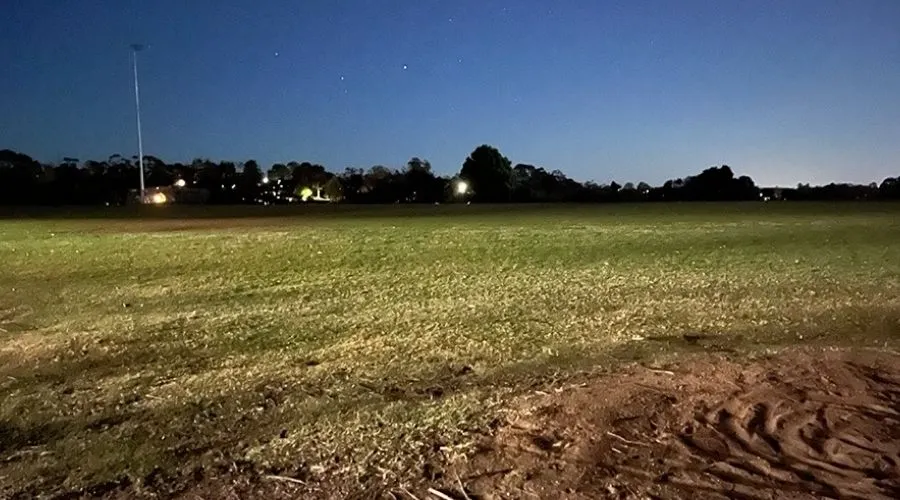
iPhone 13 Mini Night Shot Alex Kidman/Finder
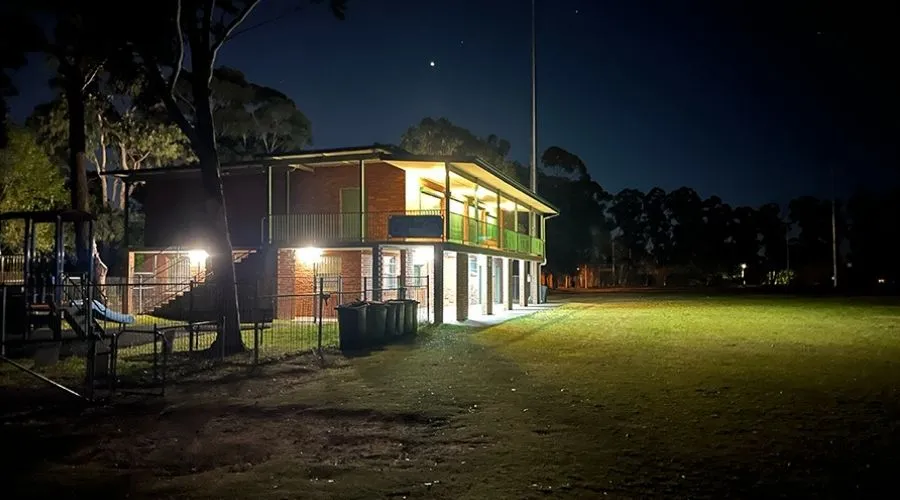
iPhone 13 Mini Night Shot Alex Kidman/Finder
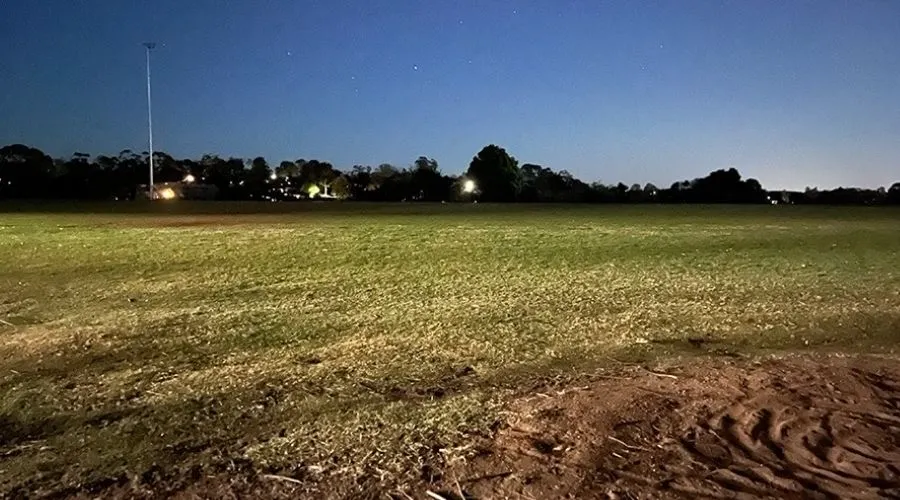
iPhone 13 Night Shot Alex Kidman/Finder
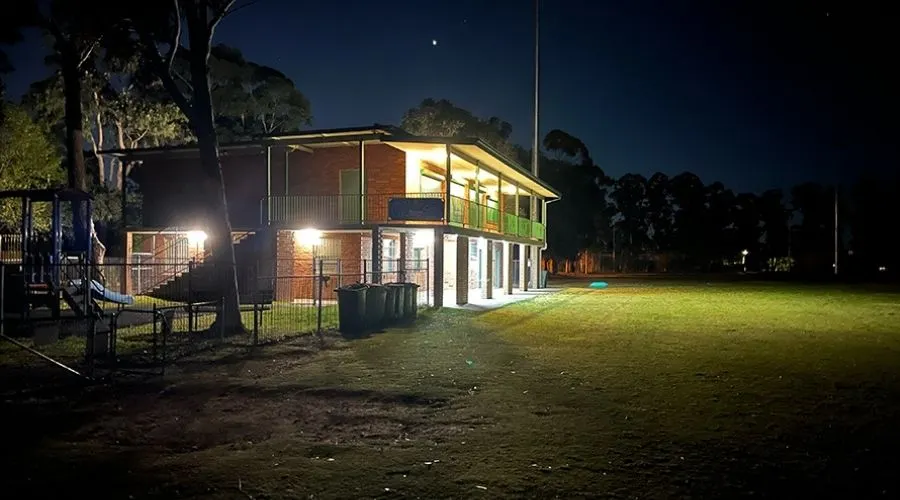
iPhone 13 Night Shot Alex Kidman/Finder
Samsung's Galaxy Z Fold3 is Samsung's most expensive phone right now, but it actually doesn't have its best cameras on board. It still managed a good job with the 2 test cases:
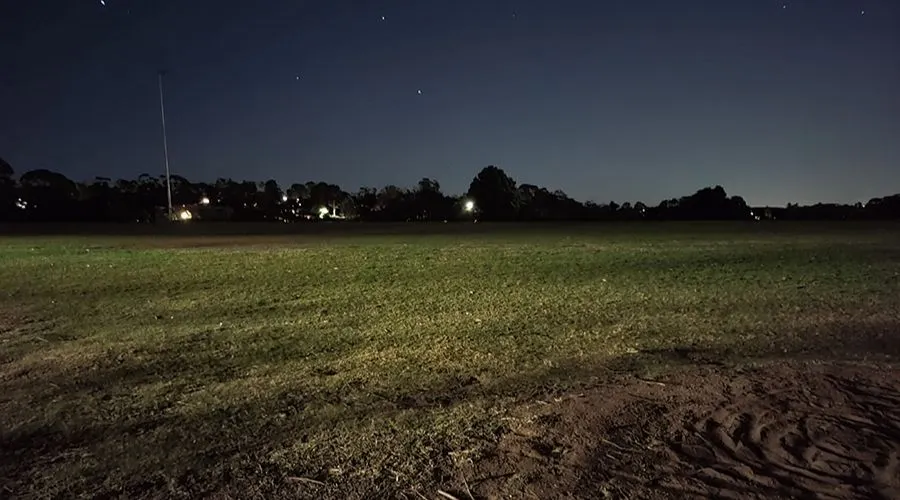
Galaxy Z Fold3 Night Shot Alex Kidman/Finder
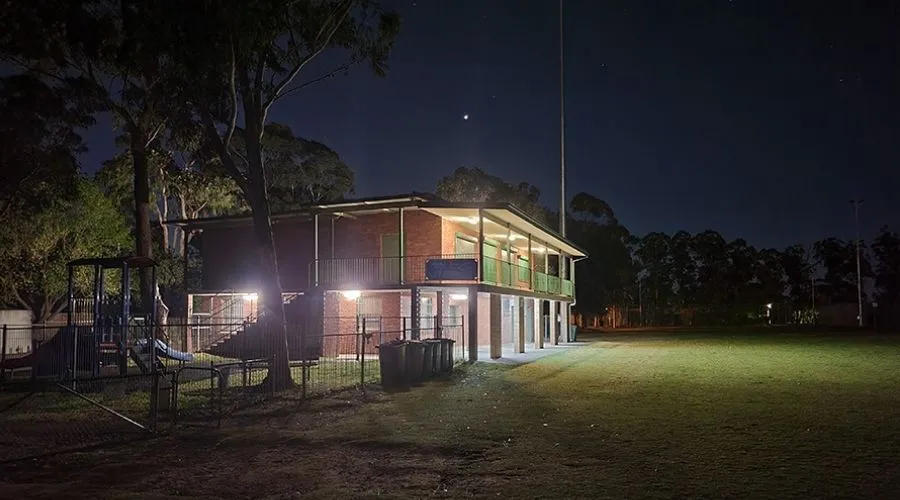
Galaxy Z Fold3 Night Shot Alex Kidman/Finder
Prior to the iPhone 13 launch, if you'd asked me which phone had the best low light capabilities, I would have pointed you to Samsung's Galaxy S21 Ultra 5G. If you're wondering why the framing on the first shot is different to the rest, it's because I'm only human, and I stuffed up my first shot, taking it in 16:9 rather than 4:3. I'd walked away before I realised this, so I had to walk back and try to grab the same framing in the dark, which wasn't easy:
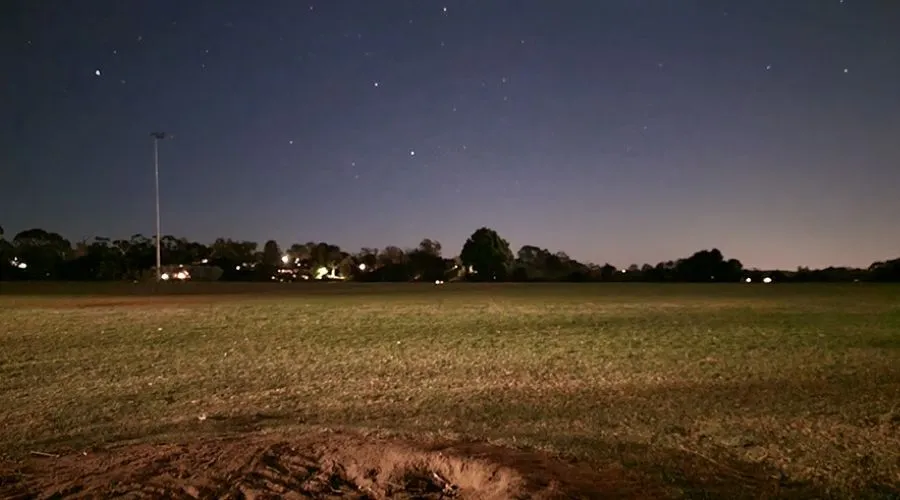
Galaxy S21 Ultra 5G Night Shot Alex Kidman/Finder
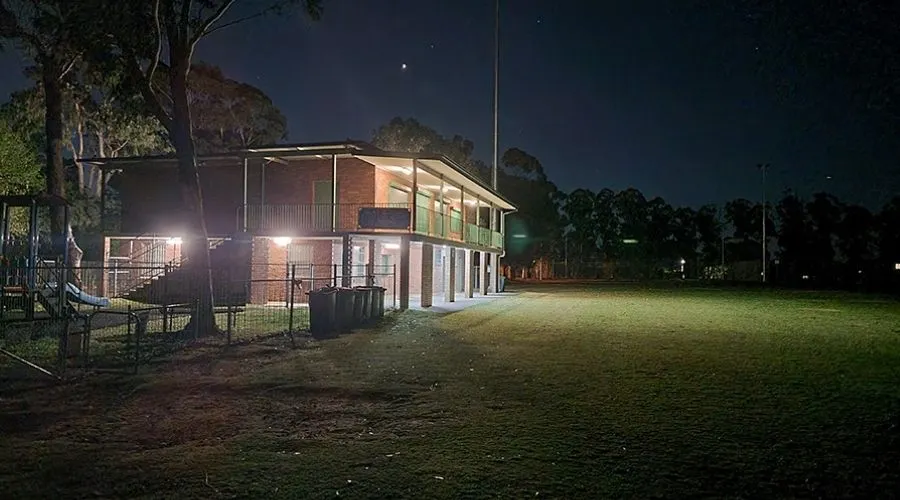
Galaxy S21 Ultra 5G Night Shot Alex Kidman/Finder
Then there's the iPhone 13 Pro, which has the benefit of a LIDAR sensor for faster focusing:
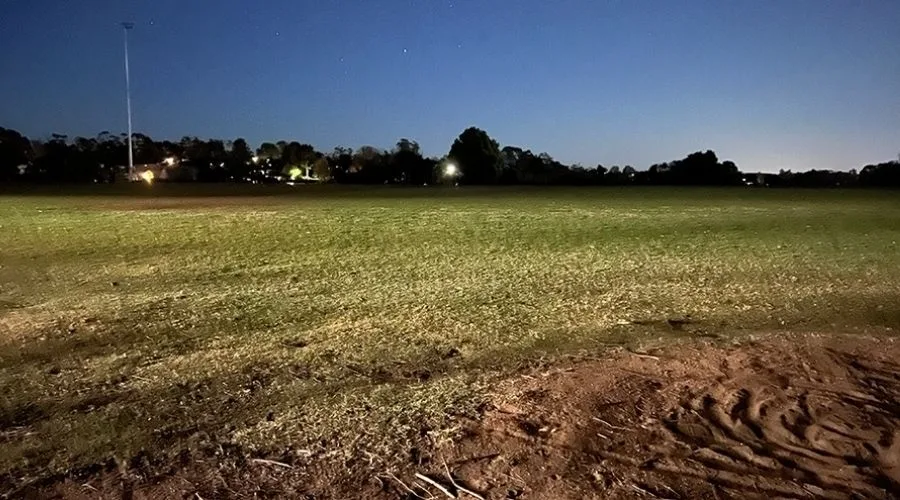
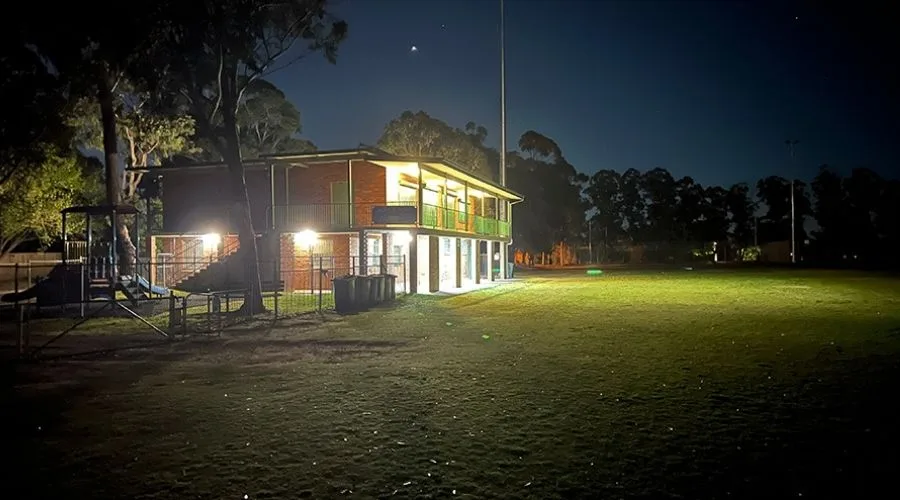
iPhone 13 Pro Night Shot Alex Kidman/Finder
If I had to do a lot of low light shooting, I'd definitely be dropping either the 13 Pro or S21 Ultra 5G into my bag ahead of the iPhone 13. It's not bad for low light, of course, but it's not the best that Apple can offer.
That is absolutely the story of the iPhone 13's camera ambitions, because you also don't get the macro feature of the iPhone 13 Pro, even though it does have an ultra-wide sensor that could be used that way. Depending on your photographic choices, that may not matter.
Speaking of photographic choices, one feature you do get are photographic styles. These are pre-set filters for your shots, so if you do favour a richer level of contrast or warmer tones, you can pre-set the photo mode to shoot that way. The catch here is that because photographic styles are applied before the shot is taken, they're 100% part of the final shot in every case.
You can switch back to the iPhone 13's standard style, and I'd argue for most users you'd do better with that and then post-processing and filtering in your app of choice before sharing to the wider world. If you absolutely know you always want a certain look to every single photo in every circumstance it could be handy, but I didn't really take to it all that much.
One feature that does make its way down to the regular iPhone 13 is the new Cinematic video mode. This uses AI to pick focal points as you shoot, most commonly pulling focus on faces as you move around a scene. It doesn't always get it right, and some may prefer a flatter video style in any case, but it's a very neat trick that could raise your home movies game a fair degree.
Want even more iPhone 13 camera comparisons? Check out our iPhone 13 Pro Max vs Pro vs 13 vs 13 Mini camera shootout.
Apple iPhone 13 Pro sample photos
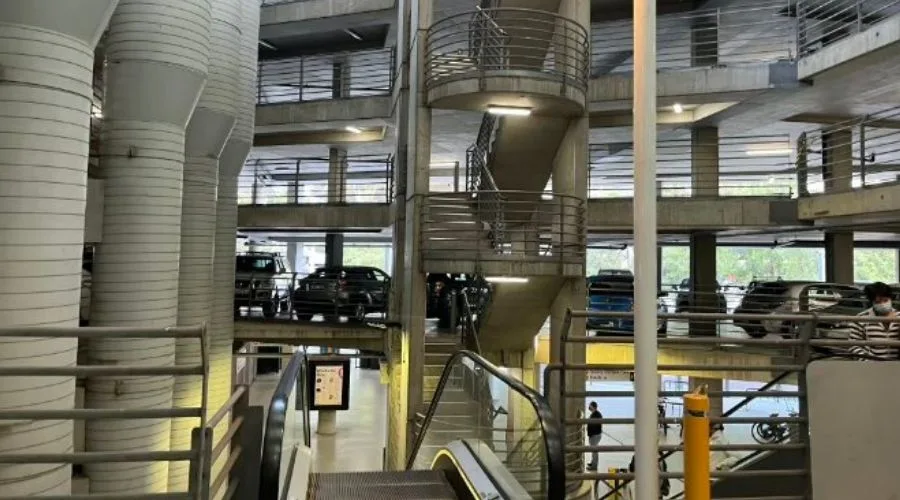
Alex Kidman/Finder
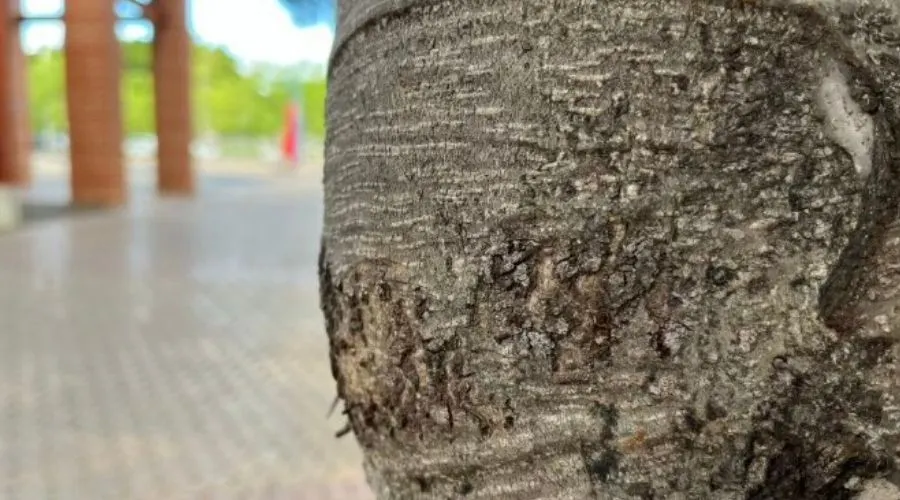
Alex Kidman/Finder

Alex Kidman/Finder

Alex Kidman/Finder

Alex Kidman/Finder
iPhone 13 performance: A15 Bionic is best, except when it's better
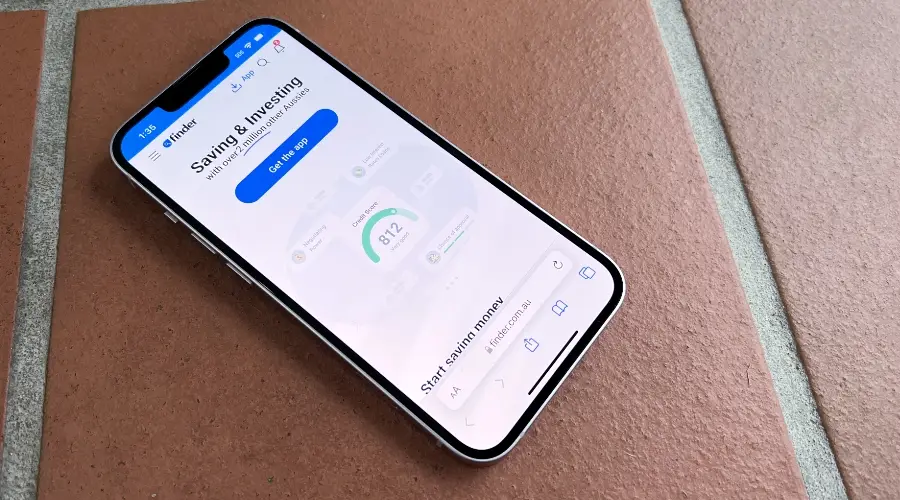
Alex Kidman/Finder
Apple's tight control over every aspect of its smartphone's operations, from hardware to software, has given it an absolute performance edge if you're comparing to Android.
The reality most likely for smartphone buyers is that you're not. Most iPhone buyers are happy within Apple's walled garden, and most Android buyers seem content with the flexibility of the Android platform, even though there's not even a premium 2021 handset that can match up to 2020's crop of iPhones, let alone the 2021 batch.
For the iPhone 13, Apple offers the A15 Bionic a new processor… or really, 2 new processors. This is new ground for Apple, because in the past when it's provided a processor it's been a single unit, which is why the differences in performance between the iPhone 12 Mini and iPhone 12 Pro Max had more to do with RAM allocations than processor differences.
However, that's not the case for the iPhone 13/Mini and iPhone 13 Pro/Pro Max A15 Bionic processors. Both feature 6 CPU cores, but the Apple A15 Bionic in the iPhone 13 runs on 4 GPU cores, where the Pro models get 5. If you're a stickler about "best" iPhone performance, there will be a gap, or at least there will be once apps start actually pushing that level of power.
While there will be some who want year in, year out upgrades, it's a smarter move to make an iPhone upgrade after 2-3 years, or longer if your device lasts out that way. With that in mind, I ran Finder's standard suite of benchmarks against the iPhone 13 family, and compared them with results from prior models.
We don't have full comparative benchmark figures for every handset due to changes in those benchmarks over time, but here's how the iPhone 13 compares against a range of previous generation iPhones using Geekbench 5's CPU test:
Here's how the same groupings compare using 3DMark's GPU tests. We don't have full Slingshot and Wildlife scores for all phones in our testing, and every single iPhone 13 model maxes out the Slingshot Extreme test in any case:
That extra GPU definitely makes a synthetic difference when comparing the Pro and non-Pro models, but where you'll see a bigger real world difference is if you're coming from an older iPhone to the iPhone 13 itself.
It's been true for some time that the engines in premium smartphones haven't really been pushed by too many apps, and having tested the iPhone 13 and iPhone 13 Pro side by side, you'd be hard-pressed to spot major performance differences between the 2 in day-to-day usage.
Like the iPhone 12 before it, the iPhone 13 is 5G capable. Also (annoyingly) like the iPhone 12 before it, the USA gets a technically better model of the same phone, with support for mmWave 5G built in around a Qualcomm X60 modem.
In 2020, this was annoying with a future outlook, because Australia didn't have any live mmWave networks. They're very thin on the ground, but they are out there, and they're only going to spread wider, so it's disappointing for Apple to be splitting the world up into haves and have-nots in this way, especially as Australia sits in a "rest of the world" 5G bucket for devices.
Testing the iPhone 13's 5G capabilities within my testing week was a challenging prospect thanks to lockdown restrictions.
Using Telstra's existing sub-6Ghz network in Sydney, the iPhone 13 tracked at the same level as the iPhone 13 Pro, averaging between 300-400Mbps, downstream.
That's neither better nor worse than what I get from any other 5G handset in my area right now. Given Apple's pitch for the iPhone 13 includes mention of "Superfast" 5G, it'd be nice if it could deliver that. Maybe for the 2022 iPhone 14, Apple?
iPhone 13 battery: Fatter iPhones lead to better battery life
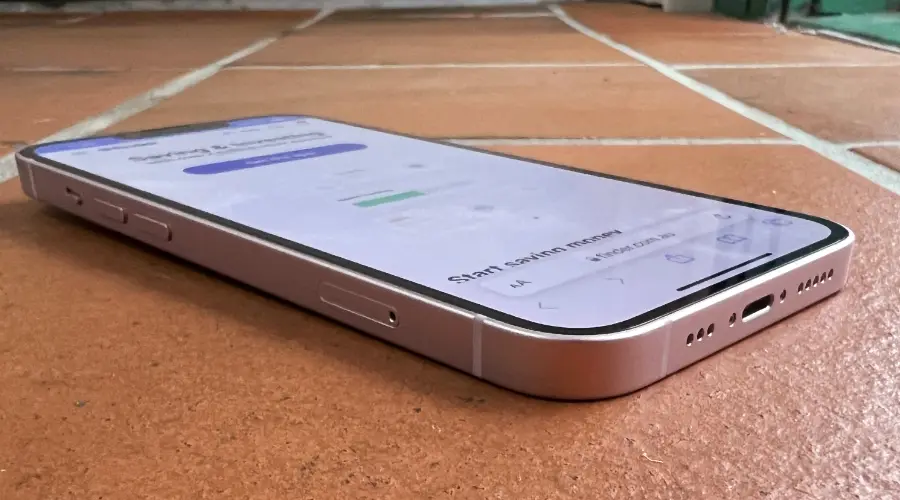
Alex Kidman/Finder
The one area where the iPhone 13 has a distinct and even Apple-defined edge is in battery life. Apple famously never mentions actual capacities, instead presenting typical use case, some of which are hopelessly out of date. If you care, the iPhone 13 is rated for up to 75 hours of music playback if that's the only thing you ever do with it.
In 2021, is anyone only using an iPhone as though it were an old-school iPod? I doubt it.
However, Apple does state that it expects typical day-to-day usage of the iPhone 13 to be up to 2.5 hours per day better than that of the iPhone 12. Compare the iPhone 12 Pro to the iPhone 13 Pro – all of which are a broadly similar size – and it's only 1.5 hours.
If you're wondering how Apple can manage such battery life trickery, some of it will relate to efficiencies in the A15 Bionic core, but most of it will be because while Apple doesn't want to talk about it, they do actually have larger batteries.
Last year's iPhone 12 and iPhone 12 Pro had the same 2,815mAh battery, but third party teardowns this year show the iPhone 13 Pro packing a 3,095mAh battery, while the iPhone 13 gets 3,227mAh to play with. That's where that extra hour is coming from, at least according to Apple's testing.
Apple does rather want to sell iPhones, so I was never going to just take its word for it. First of all, I ran the iPhone 13 through our standard battery life test, streaming a 1080p YouTube video at maximum brightness and moderate volume for an hour from a fully charged battery.
The ideal here is for at least 90% remaining battery life, and the more the better. Any phone that can't retain at least 90% is likely to struggle surviving a full day's usage. Here's how the iPhone 13 compares:
It was surprising to see the iPhone 13 Pro and iPhone 13 track identically on this test. In more anecdotal daily testing, the iPhone 13 did indeed track a little higher in daily testing, typically finishing the day with 5%-10% more battery life than the 13 Pro. However, that's based off a very small sample of just a week's testing, so stay tuned on that score. I'll update with more data once we have it.
As was the case with the iPhone 12, the iPhone 13 box is light and thin because Apple no longer supplies a charger in the box. It's working off the theory that users will already have a capable charger, so all you get is a Lightning to USB C cable. For a lot of owners of older iPhones, that could be problematic given older iPhone chargers tend to have A type USB connectors. Either way, you're capped at up to 20W charging depending on your charger's capacity, or 15W MagSafe or 7.5W Qi wireless charging.
Should you buy the Apple iPhone 13?
- Buy it if you want a good value up-to-date iPhone.
- Don't buy it if you want the best iPhone 13, because that's the iPhone 13 Pro.
In 2020, I could quite easily advocate for the iPhone 12 as Apple's best balance between price and features in the premium space. Buying any iPhone outside the iPhone SE is buying in premium territory, but the iPhone 12's use of the same processor and very good cameras meant that it outshone its Pro rivals and their higher price points.
That's not quite the story for the iPhone 13. It's a very compelling device in its own right, and its A15 Bionic is right up there in performance terms. All the early signs suggest that it's going to be the best of the smaller iPhone 13 models in terms of average daily battery life, too.
However, you're still paying premium money in a year where Apple's throwing much better displays, much more flexible cameras and a better processor into the iPhone 13 Pro. If you're already on the hook for a phone that's going to cost you more than $1,000, it's worth considering your longer-term outlook. I'd slot the iPhone 13 in next to the 13 Pro in ranking terms, because while it's more affordable, there is that definite edge in features between it and the Pro models.
Alternatively, if you're considering Android options, the Google Pixel 6 Pro starts at just $1299 and has an absolutely incredible camera and specs. We even rated it as the best Android of the year. Here's our full review of the Google Pixel 6 Pro.
If you're interested in more iPhone 13 reviews, we have also tested the iPhone 13 Mini, iPhone 13 Pro and iPhone 13 Pro Max.
iPhone 13 pricing and availability:
The iPhone 13 starts from $1,349. It is also available on a plan. You can compare the iPhone 13 plans below.
Compare Apple iPhone 13 plans
You can also purchase the Apple iPhone 13 on a handset repayment plan from Telstra, Optus, or Vodafone. This will split the cost of your new phone over 12, 24 or 36 months, and you'll get a mobile plan with it too.
Specifications
Display
Camera
Physical Dimensions
Connectivity
Power, storage and battery
Device features
How we tested
The iPhone 13 was tested exhaustively over a week of review time. In that period, the camera, processor and battery were tested intensively with both synthetic benchmarks and day-to-day usage, as well as comparing how it performed relative to the iPhone 13 Pro, the iPhone 13 Mini and the iPhone 12. Movement limitations due to the pandemic did limit the level of camera and 5G testing that was capable. Ideally, we'd prefer to test real world battery usage over more than a week's period, and we plan to revisit this review in a few weeks to update any observations on more general battery life.
Images: Alex Kidman
More Finder reviews
-
Why I keep coming back to Google’s Pixel Watch 4 (you might disagree)
17 Dec 2025 |
-
The Pixel 10 is the perfect phone for everyday use – here’s why
16 Dec 2025 |
-
Apple iPhone 17 review – Is it the phone of the year?
16 Dec 2025 |
-
iPhone Air review – It’s not what I expected
12 Dec 2025 |
-
iPhone 17 Pro and Pro Max review – At their peak
30 Oct 2025 |
Sources
Your reviews
Alex Finder
Senior editor
You are about to post a question on finder.com.au:
- Do not enter personal information (eg. surname, phone number, bank details) as your question will be made public
- finder.com.au is a financial comparison and information service, not a bank or product provider
- We cannot provide you with personal advice or recommendations
- Your answer might already be waiting – check previous questions below to see if yours has already been asked
Finder only provides general advice and factual information, so consider your own circumstances, or seek advice before you decide to act on our content. By submitting a question, you're accepting our Terms Of Service and Finder Group Privacy & Cookies Policy.
This site is protected by reCAPTCHA and the Privacy Policy and Terms of Service apply.

